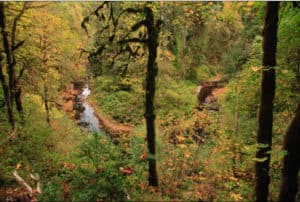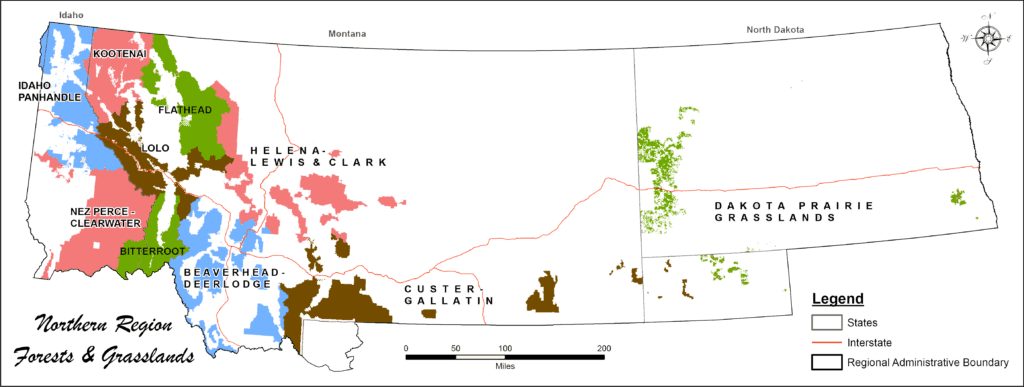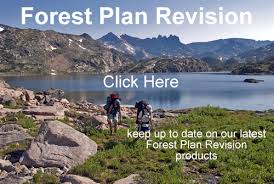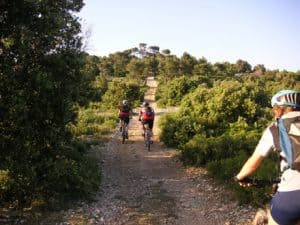
New Scientist covered this story, which relates to the discussions we’ve been having about Wilderness Xtreme and Wilderness Lite. It also causes me to reflect on the distinction between “ideas about things” e.g. Wilderness in the US, and “things” e.g. wolves and their behavior, and the fact that creatures (including humans) don’t always behave as academics predict. It’s all pretty interesting, and I bolded the quotes I thought to be particularly relevant.
In the 1980s, wolves started returning Germany, mostly from Poland. “We were expecting that the large forest areas northeast of Berlin would be the first place settled by the wolves, because it is close to Poland and has dense forest,” says Ilka Reinhardt at Goethe-University Frankfurt.
But she and her colleagues have now analysed data from national surveys of wolf populations, and found that the first wolf colonies established themselves in Saxony, to the south of Berlin, on military training areas. This land isn’t open to the public, though there are no fences stopping people from entering.
With their dense forest cover and low density of roads, these military areas are a similar habitat to protected natural areas. But the team’s analysis suggests that the military land is in fact better for wolves – the animals died less often from human interactions in these places than they did in land specifically set aside for nature.
“Most of the dead wolves that we find have died in traffic accidents,” Reinhardt says. Though road density is similar in military areas, there may not be as much regular traffic there, she says.
The relative safety of these training areas seems to have helped wolves spread across Germany. Analysing data on wolf distribution collected between 2000 and 2015, the team found that wolves seem to be jumping from one area of military land to another, sometimes moving through and beyond other protected areas before establishing a territory.
Over 15 years, they found that wolves went from one established mating pair to 67 pairs across the whole country, with the population growing exponentially. By 2015, wolves had populated 62 per cent of the military training areas larger than 30 square kilometres, and only 14 per cent of similarly sized protected areas.
While it may seem like tanks and wolves make strange bedfellows, similar trends can be seen in other countries. “Something we see in our work in California is that lots of areas that have destructive processes happening, like logging, can be really important core habitats for large carnivores – here, it’s mountain lions,” says Justine Smith at the University of California Berkeley.
Many species are more afraid of humans than they are of our associated machinery like cars or even tanks, she adds. Recreational activities are often promoted on protected lands, while the public has very little access to military land.
“I think what might be going on is that in many parts of the world, protected areas are built in places that have a lot of people already. Or they can attract people to live near them because of the benefits they provide,” she says.
So the relative solitude of a military training ground may be what the wolves prefer. The routine of a military schedule could help as well. “There is some shooting, but it’s always in the same areas and it’s usually during the workday, so the animals can get used to it,” says Reinhardt.
Smith says conservationists could work with federal governments to optimise these lands even more by limiting light or noise pollution at night.
Here’s another news story about wolves in Germany.






